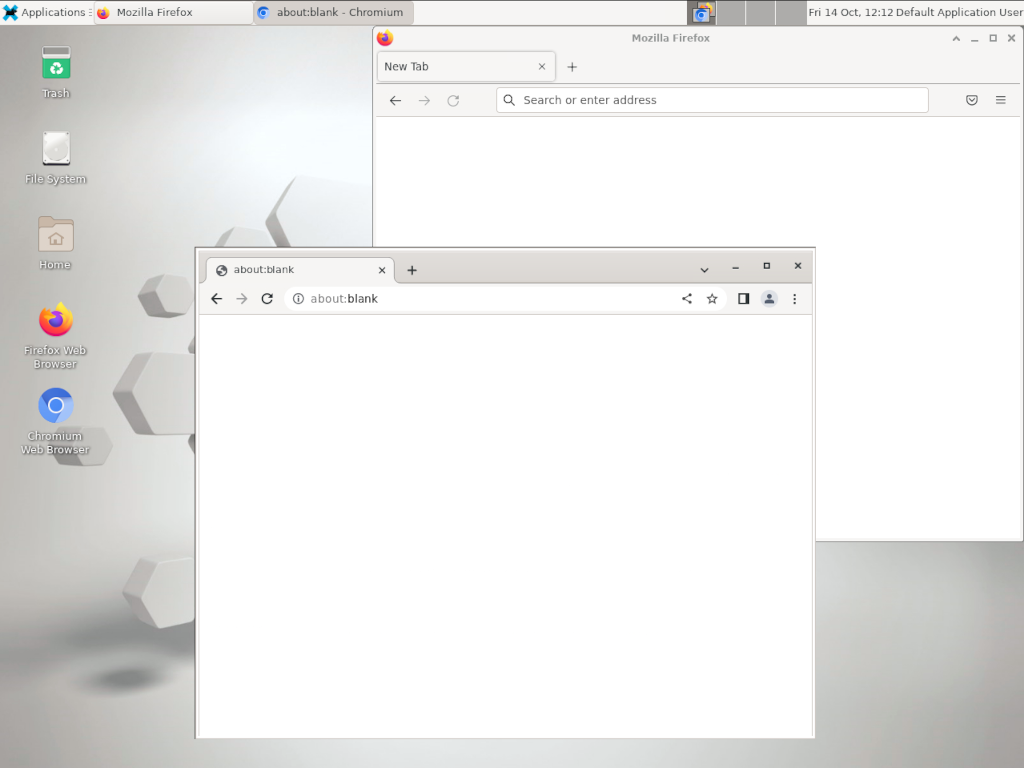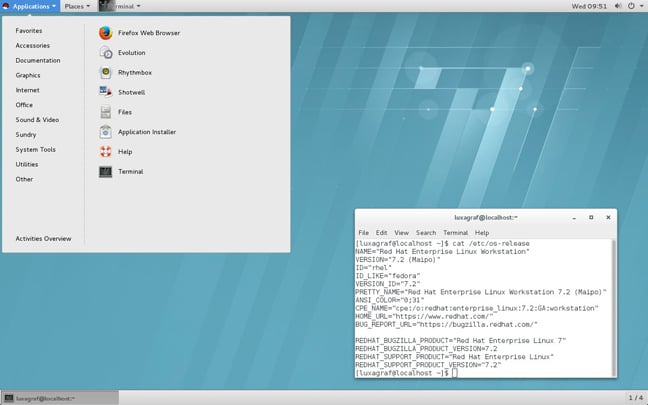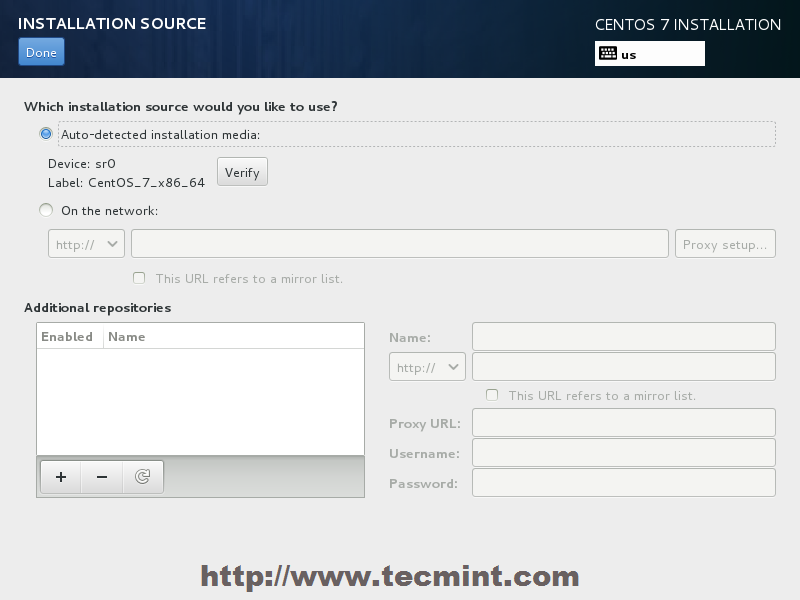
Multi-platform screen and application forwarding system “screen for X11”Īnother description of xpra, from Ubuntu documentation ( ): We want a program like screen but supports GUI windows. Cons: terminal only, does not support GUIģ.Pros: current work survives over interrupted connection.You can later attach to the "screen" from another computer to proceed your work the screen container persists even if the current terminal session gets interrupted. To keep the session alive despite lost connection, screen command is very helpful, but it only supports pure terminal applications, not GUI applications.īasically, screen is a container, within in which other programs can run. Good for short-term connection for simple tasks 2. Cons: LOST WORKING PROGRESS when connection is lost!, eg., 1) your session will be terminated and all the work will be lost when the network is not stable 2) you can not continue to work on the same session by using another computer at home.Pros: convenient, minimal need to install software on server and client sides.Similar with Mac/Linux, but more convenient, see simple demo at 1.3 Terminal Pros/Cons

Windows does not come with a linux-like terminal, but there is a great application “MobaXterm”, which enables ssh connection and file transfer between server and client.

the remote directory can be accessed using Finder.mount the remote directory in the naive file manager with the help of Mac Fusion.ftp use tools like FileZilla (connect server through the sftp protocol, i.e.To transfer files between server and client, you could: Note: if the server is in an internal network (like university), you may need to first connect through VPN to ssh in. bash xterm will open a term with gui, similarly, other applications like P圜harm, MatLab can pop-up a window and you can work the the interface as you are working locally. If you want to open GUI application from the remote server, just do: ssh -X ssh -Y -X or -Y option allows the XWindows of GUI apps to be forwarded to the local desktopĮg. Open terminal, type ssh is the ip address or domain name and username is your account name on the server. It requires the server to enable ssh, which most servers do. NoMachine works best, for NoMachine connection, jumps to section 4.

Being used to work on my own Macbook Pro, it did take me some time to figure out the best practice to work remotely.īelow I listed possible methods to connect to the server and the their pros and cons based on my experience. Our lab has set up super powerful Linux server for data analysis (with multiple Xeon CPUs, multiple NVIDIA Tesla GPUs for cuda, and a lot of storage space.


 0 kommentar(er)
0 kommentar(er)
